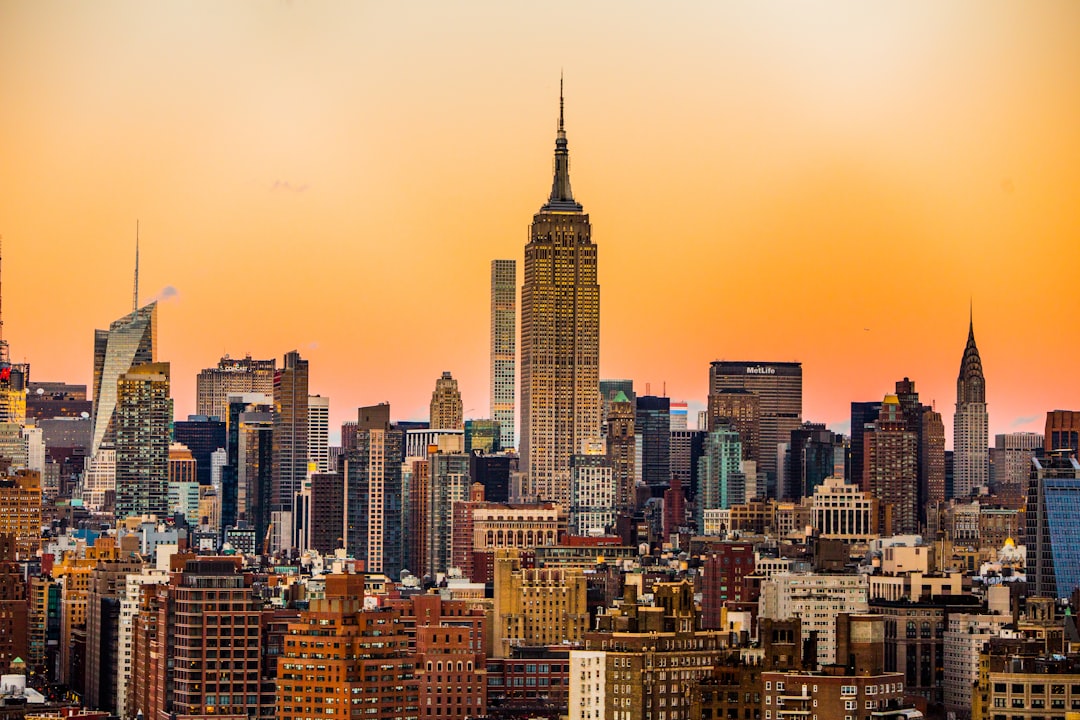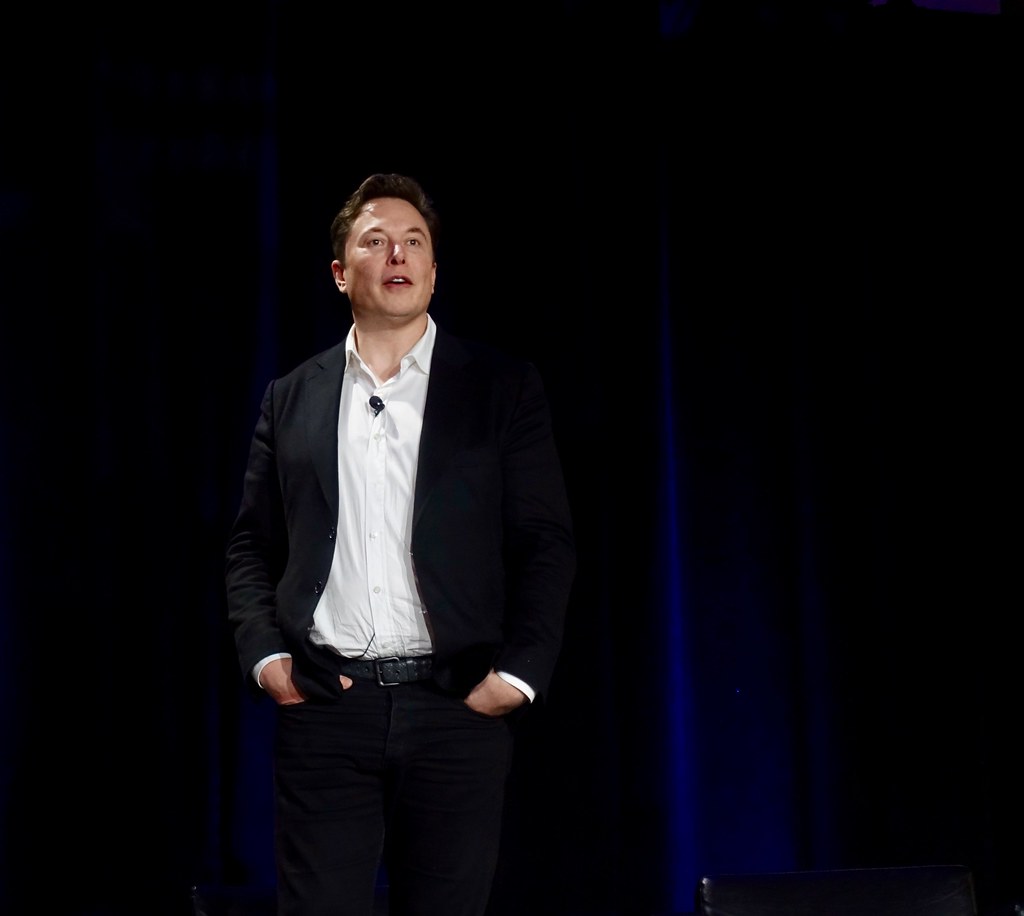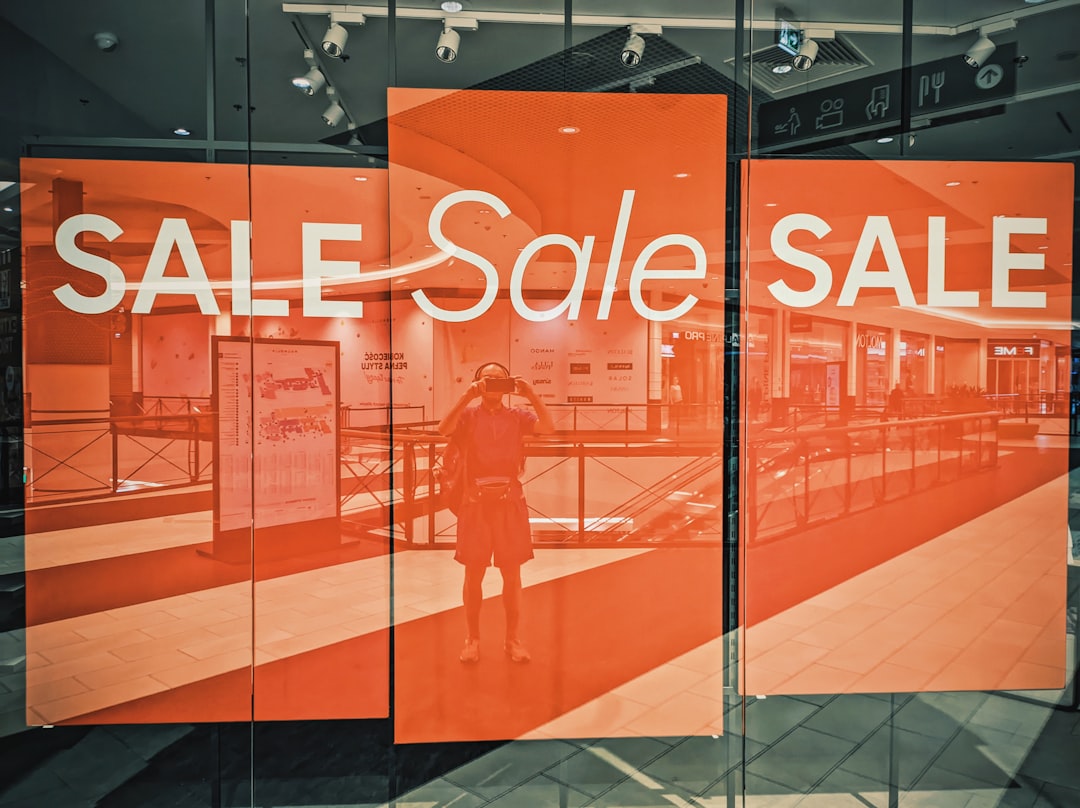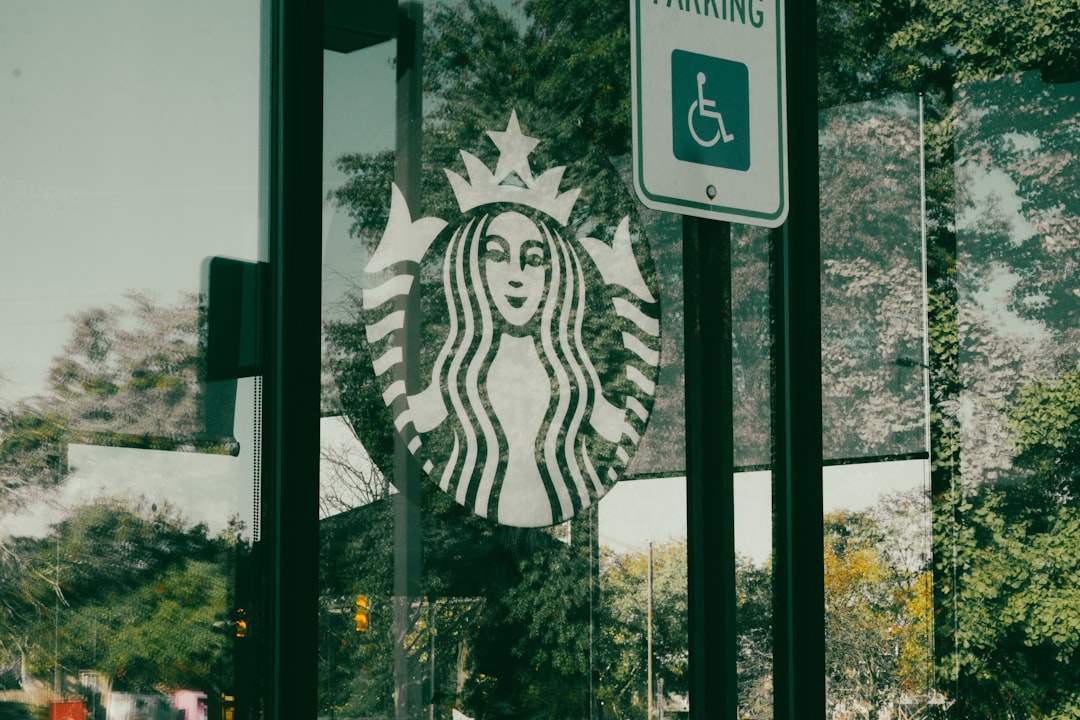Crime Takes Center Stage in a City on Edge (Image Credits: Unsplash)
New York City – Tension crackled in the air last night as the stage lights cast sharp shadows on the podiums, drawing sharp contrasts between the hopeful visions and harsh realities facing the city’s streets.
Crime Takes Center Stage in a City on Edge
Right from the opening bell, public safety emerged as the elephant in the room, with candidates Zohran Mamdani, Andrew Cuomo, and Curtis Sliwa diving headfirst into New Yorkers’ deepest fears about rising violence.
Polls show crime topping voter concerns, and last night’s debate didn’t disappoint. Mamdani pushed for rethinking traditional policing, while Cuomo and Sliwa hammered home the need for stronger enforcement. It’s clear the next mayor will inherit a city where subway attacks and street muggings have everyone glancing over their shoulders.
This isn’t just talk; recent stats highlight a troubling uptick in incidents, fueling the urgency. Voters are watching closely, wondering who can restore that sense of security lost in recent years.
Mamdani’s Bold Bet on Community Healing
Zohran Mamdani, the Democratic front-runner, kicked things off with a surprising hook: what if we treated crime’s roots like a public health crisis rather than a war zone?
He outlined plans for mental health teams in high-risk subway stations and expanding outreach for homelessness, arguing that over-policing only deepens divides. Critics call it soft on crime, but Mamdani insists it’s about long-term fixes, not quick arrests. His approach draws from progressive playbooks, aiming to rebuild trust in underserved neighborhoods.
Still, in a city reeling from visible disorder, his words landed with mixed reactions. Supporters see hope; skeptics worry it leaves gaps in immediate protection.
Cuomo’s Call for a Crackdown Revival
Andrew Cuomo didn’t mince words, positioning himself as the experienced hand ready to roll back what he sees as failed lenient policies. He touted his gubernatorial record on law enforcement, promising to boost NYPD resources and target repeat offenders more aggressively.
During heated exchanges, Cuomo jabbed at Mamdani’s ideas, warning they could invite more chaos. He advocated for data-driven policing and partnerships with federal agencies to tackle gang activity. It’s a throwback to his tough-on-crime image, appealing to those tired of revolving-door justice.
Yet, his past scandals lingered in the background, with opponents questioning if his leadership style fits a post-2020 world. The debate amplified these tensions, leaving audiences to weigh experience against fresh starts.
Sliwa’s Street-Smart Pushback
Curtis Sliwa, the Republican firebrand, brought grit to the stage, leaning on his Guardian Angels roots to paint a picture of boots-on-the-ground vigilance. He blasted current trends in rising shootings and assaults, vowing to empower community patrols alongside cops.
Sliwa’s no-nonsense vibe shone through as he called for stricter bail reforms and more officers on the beat. He positioned himself as the outsider unafraid to confront the “crime wave,” drawing cheers from those fed up with status quo excuses. His debate zingers targeted both rivals, framing them as out of touch with everyday dangers.
Though trailing in polls, Sliwa’s passion could sway undecideds craving action over analysis. His focus on visible safety measures resonated in a forum buzzing with real-talk energy.
Flashpoints That Defined the Night
The debate sparked fireworks on specifics, like how to handle subway safety and youth violence. Mamdani proposed defunding non-essential police overtime for social programs, drawing sharp rebukes from Cuomo, who countered with calls for National Guard support in hotspots.
Sliwa jumped in with tales from his patrol days, advocating for anonymous tip lines to bust drug rings. These moments weren’t just policy wonkery; they felt personal, like a family argument over the city’s soul.
One standout exchange saw all three agreeing on the need for better mental health funding, but diverging wildly on enforcement. It underscored the stakes: a unified front against crime, or a fractured one?
Where Candidates Stand on Key Crime Fixes
To break it down, here’s a quick look at their core proposals:
- Mamdani: Invest in community safety departments with outreach workers; reduce jail populations through alternatives to incarceration.
- Cuomo: Restore stop-and-frisk elements with oversight; increase prosecutor funding for violent cases.
- Sliwa: Expand volunteer guardian programs; end sanctuary policies that he says shield criminals.
These differences highlight a city at a crossroads, with each plan reflecting broader ideologies. Voters face a choice between prevention, punishment, and protection.
Early reactions suggest the debate narrowed the field, energizing bases while challenging moderates to pick a path forward.
Key Takeaways from the Debate:
- Crime unites voters but divides candidates on solutions.
- Mamdani leads in polls, but Cuomo and Sliwa gained ground on safety.
- With early voting looming, expect more sparring in round two.
As the dust settles from this first showdown, one thing’s certain: New York City’s safety hangs in the balance, and the candidates’ visions couldn’t be more at odds. It’s a pivotal moment that could shape the streets for years. What do you think about their crime plans? Share in the comments below.








